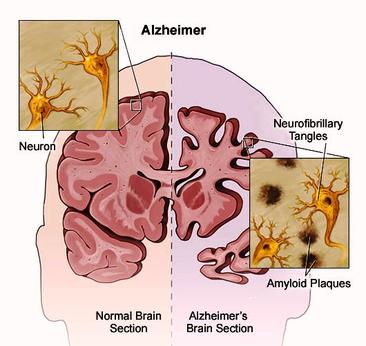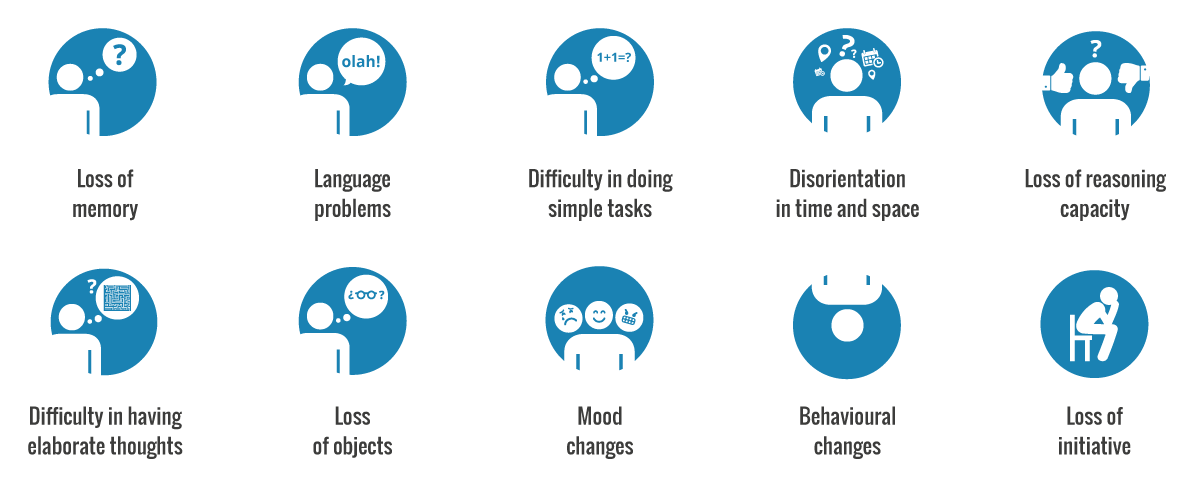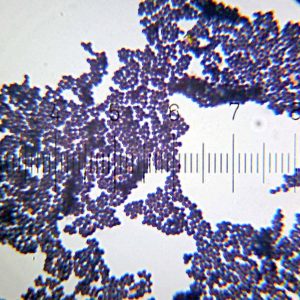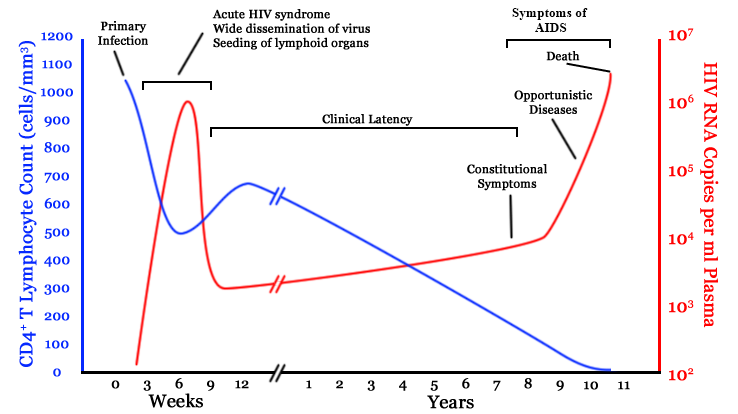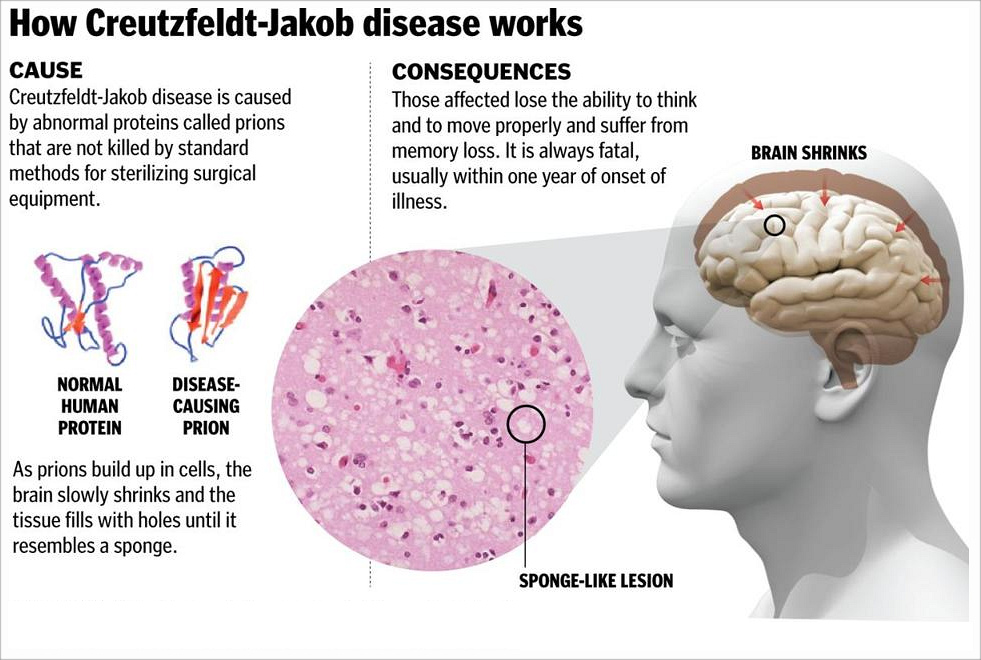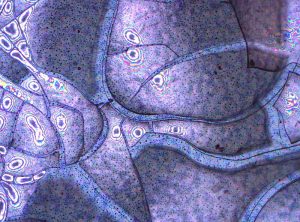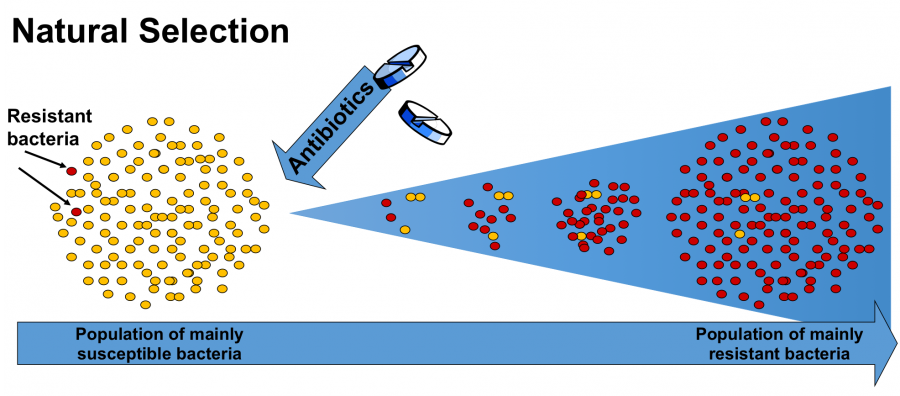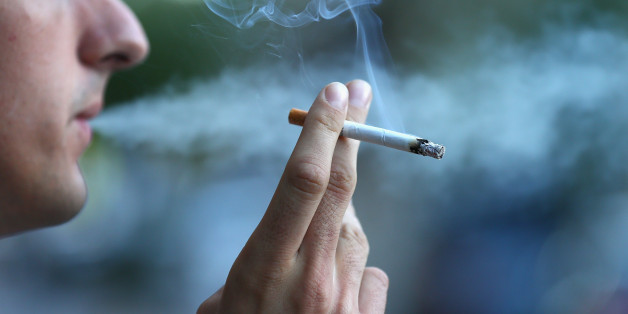
Figure 1: An image of smoking taditional cigarettes. Author: Cameron Spencer from Getty Images. Source: http://www.huffingtonpost.com/2015/03/26/cigarette-smoking-decline_n_6855468.html
Smoking tobacco is commonly known to pose negative health effects to both smokers, and non-smokers as non-smokers receive second-hand smoke. Overexposure to tobacco-smoke can cause cancer, respiratory and cardiovascular diseases (1), which increase mortality. Statistically, there is one out of five deaths in the United States caused by smoking cigarettes (1). However, manufacturers claim these statistics do not apply to electronic cigarette or also known as e-cigarette.

Figure 2: An image of smoking e-cigarettes. Author: Kenzo Tribouillard. Source: https://www.theguardian.com/society/2015/aug/13/health-bosses-promote-e-cigarettes-harmful-tobacco-smoking-experts
E-cigarettes are battery-powered devices, which heats a chemical mixture inside a cartridge to produce tiny airborne particles called aerosol vapour (2). Users inhale the aerosol vapour for nicotine-intake, which nicotine is a highly-addictive chemical found in conventional cigarette. However, the difference between traditional cigarette and e-cigarette is the latter does not burn tobacco (3). The reason why e-cigarettes has become a popular alternative to traditional cigarette is because there are different flavors of vapours are produced, such as candy and fruit flavors, that appeal adolescences. Also, manufactures claim e-cigarettes are “safer” than traditional cigarettes because they deliver nicotine without burning tobacco (2). However, is e-cigarette truly a safer alternative? Or do e-cigarettes exposes someone to a toxic level of nicotine-intake?
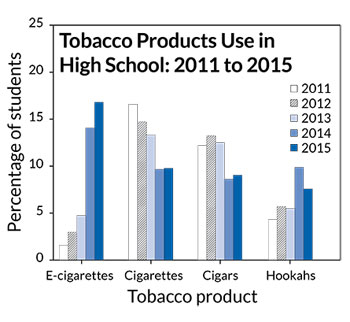
Figure 3: The statistic showing the percertage of high-school students using tobacco-containing product from 2011 to 2015. Author: T. Singh et al. Source: https://www.sciencenewsforstudents.org/article/teen-vaping-soars-past-cigarette-use
Tushar Singh, an officer in the department of smoking and health at the Centers for Disease Control and Prevention (CDC) in Atlanta, reports the use of e-cigarettes by high-school students increased from an estimated 2% in 2011 to 16% in 2015 (4). Comparing to the statistic for regular cigarette use by high school students, it has dropped from an approximate of 15% in 2011 to 10% in 2015 (4). These statistics show an increasing trend in e-cigarettes use, and a decreasing trend in traditional cigarette use. One reason why there is a rising tendency for teenagers to start smoking e-cigarettes is because they perceive vaping as a harmless behavior relative to the use of regular cigarettes. Also, they can easily purchase vaping supplies through online stores without a substantial hindrance (4). Some researchers suggest that some types of e-cigarettes contain a harmful amount of nicotine that is capable of killing an adult (4). Therefore, a prevalence of e-cigarette use in teenagers means there are more teenagers susceptible to nicotine addiction. To eradicate the e-cigarette culture among teenagers, the government should strictly regulate how e-cigarette producers are sold, and how e-cigarettes are advertised.
In my opinion, more research should be done on health effects associated with e-cigarettes. It may be true that e-cigarettes are considered a safer alternative of traditional cigarettes. However, the health risks related to long term usage of e-cigarettes are still unknown. Rules or laws should be strictly enforced to regulate the online stores from selling cigarettes to underage people.

References:
- Centers for Disease Control and Prevention. Tobacco-related mortality. https://www.sciencenewsforstudents.org/article/dangerous-rise-electronic-cigarettes (accessed on Nov 10th, 2016).
- Science News for Students. Science & Society: The dangerous rise of e-cigarettes . https://www.sciencenewsforstudents.org/article/dangerous-rise-electronic-cigarettes (accessed on Nov 10th, 2016).
- National Institute on Drug Abuse. Drug Facts: Electronic Cigarettes. https://www.drugabuse.gov/publications/drugfacts/electronic-cigarettes-e-cigarettes (accessed on Nov 10th, 2016).
- Science News for Students. Behaviour, Science and Society: Teen vaping soars past cigarette use. https://www.sciencenewsforstudents.org/article/teen-vaping-soars-past-cigarette-use (accessed on Nov 10th, 2016).



